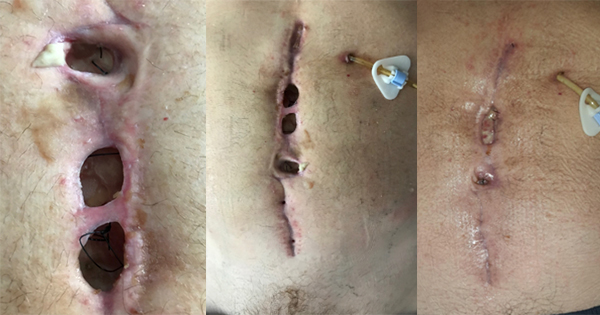Pilonidal sinus disease, although relatively rare, is still poorly understood both in terms of pathophysiology or the best treatment options. The incidence is thought to be 26 per 100,000 and is 2.2 times more common in males. Morbidity is high in these young adults with a disease process exceeding 3 years. This article will, through an exploration of the literature, highlight the pathogenesis of pilonidal sinus disease, patient characteristics, presenting factors, conservative and surgical options, and management choices for the treatment of wounds healing by secondary intention.






